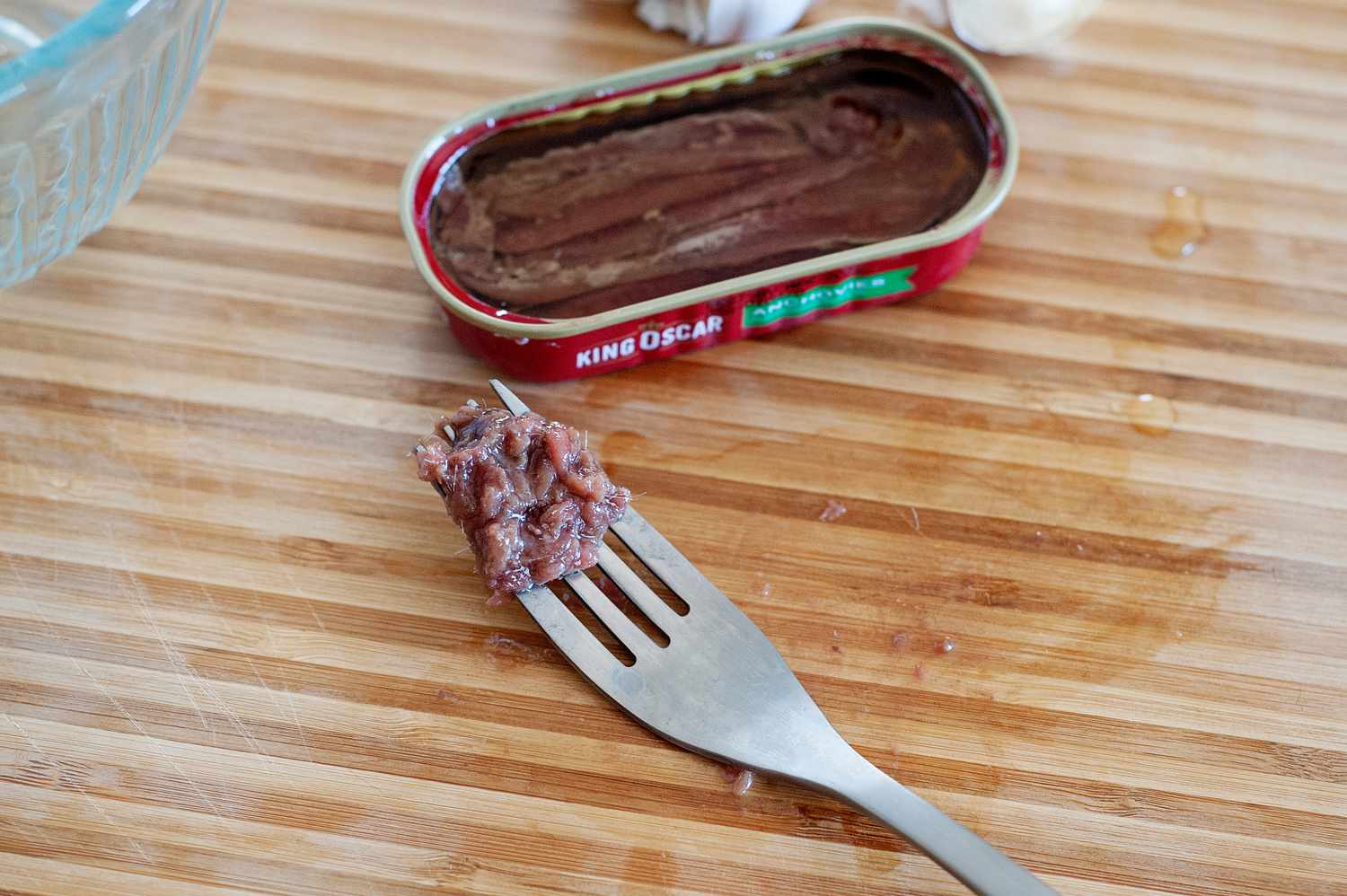

Articles
How To Store Anchovies After Opening
Modified: March 23, 2024
Learn the best methods to store anchovies after opening in this informative article. Keep your anchovies fresh and flavorful for longer with these helpful tips.
(Many of the links in this article redirect to a specific reviewed product. Your purchase of these products through affiliate links helps to generate commission for Storables.com, at no extra cost. Learn more)
Introduction
Opening a can of anchovies is a culinary delight for many seafood lovers. These small, oily fish add a distinctive and savory flavor to various dishes, from salads to pasta sauces and even pizza. But what should you do with the leftover anchovies after using only a few fillets?
Properly storing anchovies is crucial for maintaining their freshness, flavor, and texture. When stored incorrectly, anchovies can quickly spoil and develop an unpleasant smell and taste. In this article, we will guide you through the steps on how to store anchovies after opening the can, ensuring that you can enjoy them in future recipes.
Whether you have opened a can of salted anchovies or anchovies packed in oil, the key is to handle them carefully and create an environment that prevents spoilage. Following these storage tips will help extend the shelf life of your anchovies, so you can savor their rich umami flavor for longer periods.
Key Takeaways:
- Preserve the rich umami flavor of leftover anchovies by storing them in olive oil in an airtight container. This method maintains their taste, texture, and freshness, ensuring they’re ready for your culinary creations.
- Regularly check stored anchovies for spoilage to guarantee their freshness and safety. Look out for foul odors, changes in color or texture, and mold growth to ensure you only use fresh, flavorful anchovies in your dishes.
Read more: How To Store Anchovies After Opening Can
Why Proper Storage is Important
Properly storing anchovies is essential for several reasons. Firstly, it helps to preserve their taste and aroma. Anchovies have a distinct and pungent flavor that is sought after in many dishes. By storing them correctly, you can ensure that they retain their natural taste and enhance the flavor of your culinary creations.
Secondly, proper storage prevents spoilage. Anchovies are delicate and can easily spoil if not handled correctly. Spoiled anchovies can develop a strong and unpleasant odor, rendering them inedible. By following the right storage techniques, you can avoid waste and enjoy fresh, high-quality anchovies whenever you want.
Moreover, good storage practices help to maintain the texture of anchovies. When stored improperly, anchovies can become mushy or slimy, which can adversely affect the quality of your dishes. By storing them in the right conditions, you can preserve their firmness and ensure that they contribute a pleasant texture to your recipes.
In addition to taste, aroma, and texture, proper storage also plays a vital role in food safety. Anchovies are highly perishable, and their consumption can lead to foodborne illnesses if not handled and stored correctly. By following the recommended storage methods, you can reduce the risk of bacterial growth and keep your anchovies safe for consumption.
Furthermore, storing anchovies properly allows you to have a convenient and accessible supply on hand. By keeping them fresh and well-preserved, you can easily incorporate anchovies into your dishes whenever inspiration strikes. Whether you want to add a punch of flavor to a pasta sauce or create a delightful spread for bruschetta, having properly stored anchovies on hand ensures that you can effortlessly enhance your meals.
Overall, proper storage is important for preserving the taste, aroma, texture, and safety of anchovies. By implementing the recommended storage methods, you can prolong their freshness, reduce waste, and enjoy the full potential of these delectable fish in your culinary endeavors.
Step 1: Drain and Pat Dry
After opening a can of anchovies, the first step in proper storage is to drain the excess liquid and pat the fillets dry. This step is crucial to remove any excess moisture that can contribute to spoilage.
To begin, open the can of anchovies over a sink or a bowl to catch any liquid. Gently pour out the liquid, taking care not to lose any of the fillets. You can save the liquid, known as anchovy oil or brine, for future use in cooking or flavoring other dishes.
Next, using a clean paper towel or kitchen towel, pat the anchovy fillets dry. Gently press the towel against the fillets to absorb any remaining moisture. It’s important to ensure that the anchovies are dry before proceeding to the next step, as excess moisture can contribute to bacterial growth and spoilage.
If you find that the fillets are too delicate or easily break apart, you can also place them on a clean, dry paper towel or tray and allow them to air dry for a few minutes. This will help remove any remaining moisture and ensure that the anchovies are in the best possible condition for storage.
Once the anchovies are drained and dried, they are ready to be stored. Properly draining and patting dry the anchovies sets the foundation for maintaining their quality and preventing the growth of harmful bacteria, allowing you to enjoy them for an extended period.
Step 2: Store in Olive Oil
One of the best ways to store anchovies after opening is by immersing them in olive oil. This method helps to preserve their flavor and prevent them from drying out.
To store anchovies in olive oil, you will need a clean, airtight container. Begin by placing a layer of anchovy fillets at the bottom of the container. Make sure they are arranged in a single layer and not overlapping each other. This will ensure that each fillet is properly coated in olive oil.
After arranging the anchovies, pour enough olive oil into the container to fully submerge the fillets. The olive oil acts as a protective barrier, preventing air from reaching the anchovies and delaying the oxidation process that can lead to spoilage. It also enhances the overall flavor and texture, infusing the anchovies with a luscious richness.
Ensure that the anchovies are completely covered with olive oil, as any exposed areas can be susceptible to oxidation and spoilage. If needed, you can gently press down on the fillets to fully submerge them in the oil.
Once the anchovies are submerged, seal the container tightly with its lid or cover. This will keep the olive oil and anchovies in a controlled environment, protecting them from any external factors that may affect their quality.
It’s important to note that using olive oil for storage adds an extra layer of flavor to the anchovies. The type of olive oil you use can impact the taste of the anchovies, so choose a high-quality olive oil that complements the flavor profile of the fish.
After storing the anchovies in olive oil, place the container in the refrigerator for further preservation. The cool temperature of the refrigerator helps to slow down the enzymatic activity and bacterial growth, keeping the anchovies fresh for a longer period.
Storing anchovies in olive oil not only helps to maintain their taste and texture but also provides a convenient way to keep them readily accessible for use in various recipes. Whether you want to add a burst of umami flavor to pasta, salads, or spreads, having anchovies stored in olive oil allows you to effortlessly enhance your dishes and elevate their culinary appeal.
Step 3: Use an Airtight Container
Ensuring that anchovies are stored in an airtight container is crucial to maintain their freshness and prevent any contamination. An airtight container creates a protective barrier, preventing air, moisture, and odors from entering and affecting the quality of the anchovies.
When choosing an airtight container, opt for one made from glass or food-grade plastic that comes with a secure lid or cover. These materials are non-reactive and do not absorb or transfer any unwanted flavors to the anchovies.
Before transferring the anchovies to the container, make sure it is clean and dry. Any residue or moisture can promote bacterial growth and compromise the quality of the anchovies. Wash the container with warm, soapy water, rinse thoroughly, and allow it to air dry or pat it dry with a clean towel.
Once the container is clean and dry, carefully transfer the anchovies to the container, ensuring that they are arranged in a single layer. Avoid overcrowding the container, as this can cause the anchovies to stick together and become difficult to separate later on.
After placing the anchovies in the container, seal it tightly with the lid or cover. Ensure that there are no gaps or openings that can allow air or moisture to enter. A proper seal will help to maintain the integrity and freshness of the anchovies.
Using an airtight container not only prevents spoilage but also helps to maintain the flavor and aroma of the anchovies. It protects them from absorbing any odors from the surroundings, ensuring that they retain their unique and savory characteristics.
Label the container with the date of storage to keep track of their freshness. While anchovies can last for several months when stored properly, it’s always a good practice to rotate them and use the oldest ones first to maintain optimal quality.
By using an airtight container, you can safeguard your anchovies from external factors and maintain their freshness, ensuring that they remain delightful additions to your favorite recipes.
Store opened anchovies in an airtight container or resealable bag, and keep them in the refrigerator. Make sure to cover them with oil to prevent them from drying out. They can last for several months if stored properly.
Read more: How To Store Anchovies In Oil After Opening
Step 4: Keep Refrigerated
One of the crucial steps in storing anchovies after opening is to keep them refrigerated. The cool temperature of the refrigerator helps to prolong their shelf life and retain their quality.
Once you have stored the anchovies in an airtight container, it’s important to place them in the refrigerator as soon as possible. The cool environment slows down the growth of bacteria and other microorganisms, preventing spoilage and maintaining the freshness of the anchovies.
Make sure to set the refrigerator’s temperature to around 40°F (4°C) or below. This temperature range inhibits the growth of harmful bacteria, ensuring the safety and quality of the anchovies.
It’s recommended to store the anchovies on one of the refrigerator shelves, away from other pungent or strong-smelling foods. Anchovies have a strong aroma, and they can absorb odors from the surrounding foods, affecting their taste. Keeping them separate minimizes the chances of flavor transfer.
While storing anchovies in the refrigerator helps prolong their shelf life, it’s important to note that they do have a limited lifespan. Fresh anchovies can retain their quality for up to a few months when properly stored. However, it’s always best to check for signs of spoilage, such as a foul smell or slimy texture, before consuming them.
Additionally, avoid keeping the container of anchovies on the refrigerator door as it is subject to temperature fluctuations each time the door is opened. Storing them on the main shelves helps to maintain a stable temperature and ensures the best conditions for preserving their freshness.
By keeping the anchovies refrigerated, you can enjoy their delicious flavor and texture for an extended period, making them readily available for your culinary escapades whenever you desire.
Step 5: Label with Date
To maintain proper organization and ensure you use your stored anchovies in a timely manner, it’s essential to label the container with the date of storage.
Take a permanent marker or a label and write the date on the container. This allows you to keep track of how long the anchovies have been stored and helps you use the oldest ones first. While properly stored anchovies can last for several months, it’s always best to consume them within a reasonable timeframe to ensure optimal quality.
Labeling the container also helps to avoid any confusion in the refrigerator. If you have other similar-looking containers or ingredients, marking the anchovies with the date ensures that they are easily identifiable and distinguishes them from other items.
When labeling, be sure to write the date clearly and legibly. This will prevent any confusion or misinterpretation, especially if you have multiple containers of anchovies stored or if you plan to store them for an extended period.
By labeling the container with the date of storage, you can stay organized, keep track of the freshness of your anchovies, and ensure that you use them before their quality begins to decline.
Step 6: Check for Spoilage
Regularly checking for spoilage is an important step when storing anchovies after opening. While proper storage techniques can significantly extend their shelf life, it’s essential to inspect the anchovies for any signs of deterioration.
When you are ready to use the anchovies, carefully examine them before incorporating them into your recipes. Here are a few indicators of spoilage to look out for:
- Foul Odor: Fresh anchovies have a distinct but pleasant aroma. If you notice a foul or unpleasant smell, it’s a clear sign that the anchovies have spoiled and should be discarded.
- Change in Color or Texture: Fresh anchovies have a bright, silver color and a firm texture. If you observe any discoloration, such as a gray or brown hue, or if the fillets appear excessively soft or slimy, it’s an indication of spoilage.
- Mold or Unusual Growth: Keep an eye out for any visible signs of mold or unusual growth on the anchovies. Mold is a clear indication that the anchovies have deteriorated and are unsafe to consume.
If you encounter any of these signs, it’s best to err on the side of caution and discard the affected anchovies. Consuming spoiled seafood can lead to foodborne illnesses and should be avoided.
Remember to regularly check the remaining anchovies in the container, even if you have used some previously. This helps to ensure that you catch any spoilage early and prevent it from spreading to the rest of the anchovies.
By actively checking for spoilage, you can guarantee that the anchovies you use in your dishes are fresh, flavorful, and safe for consumption.
Conclusion
Properly storing anchovies after opening is crucial for maintaining their taste, texture, and safety. By following the steps outlined in this guide, you can extend the shelf life of your anchovies and enjoy their delightful flavor in various recipes.
Draining and patting dry the anchovies removes excess moisture that can contribute to spoilage. Storing the anchovies in olive oil helps retain their flavor and prevents them from drying out. Using an airtight container creates a protective environment, safeguarding the anchovies from air, moisture, and odors. Keeping the anchovies refrigerated slows down the growth of harmful bacteria and maintains their freshness. Labeling the container with the date of storage helps you keep track of their shelf life and usage. Lastly, regularly checking for spoilage ensures that you only consume fresh and safe anchovies.
Remember to source high-quality anchovies and handle them with care to achieve the best results. Fresh anchovies can add a burst of umami flavor to a wide range of dishes, from pastas and salads to pizzas and spreads.
So the next time you open a can of anchovies, don’t let the leftovers go to waste. Follow these storage guidelines, and you can savor the rich and savory taste of anchovies whenever you desire, transforming your culinary creations into flavorful masterpieces.
Frequently Asked Questions about How To Store Anchovies After Opening
Was this page helpful?
At Storables.com, we guarantee accurate and reliable information. Our content, validated by Expert Board Contributors, is crafted following stringent Editorial Policies. We're committed to providing you with well-researched, expert-backed insights for all your informational needs.
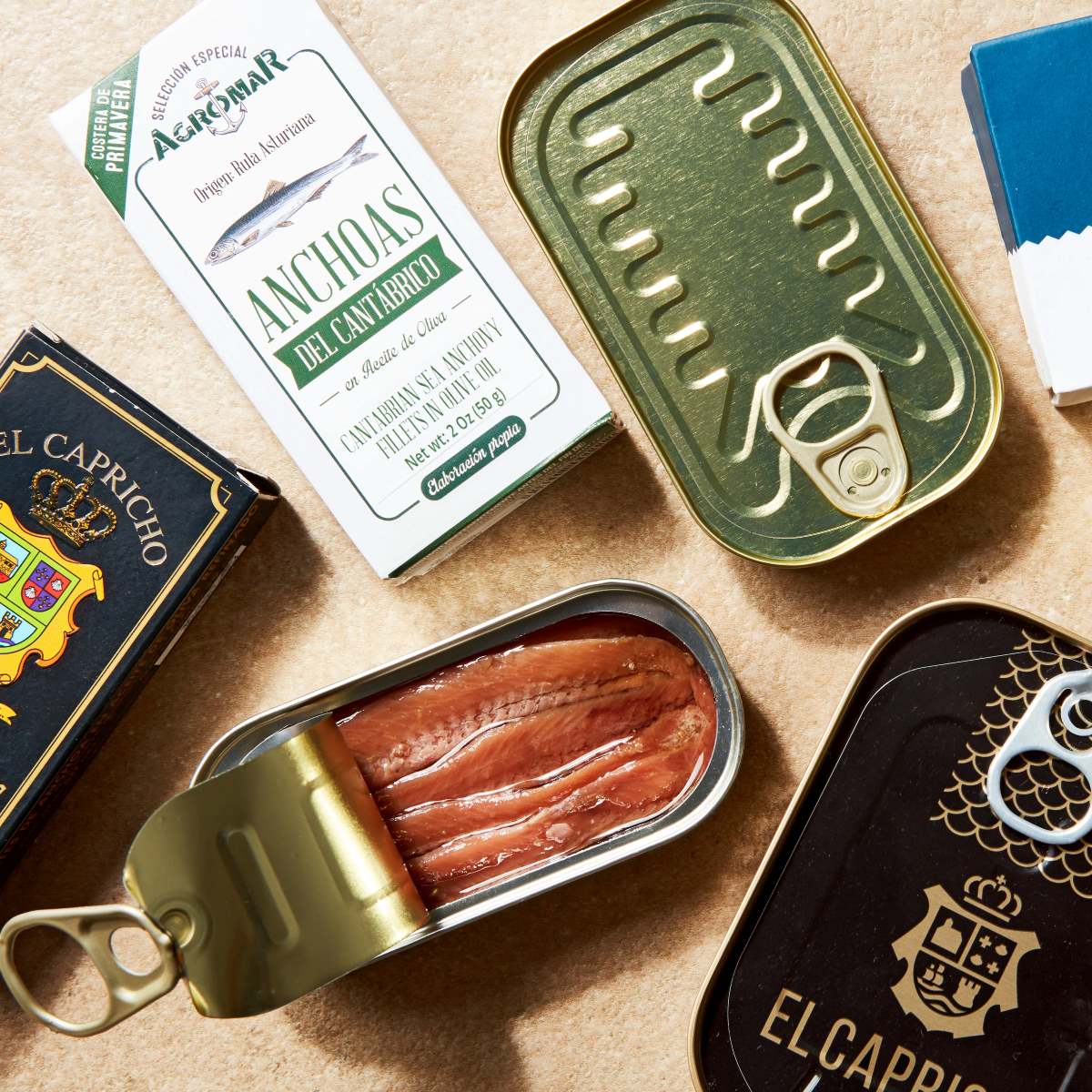

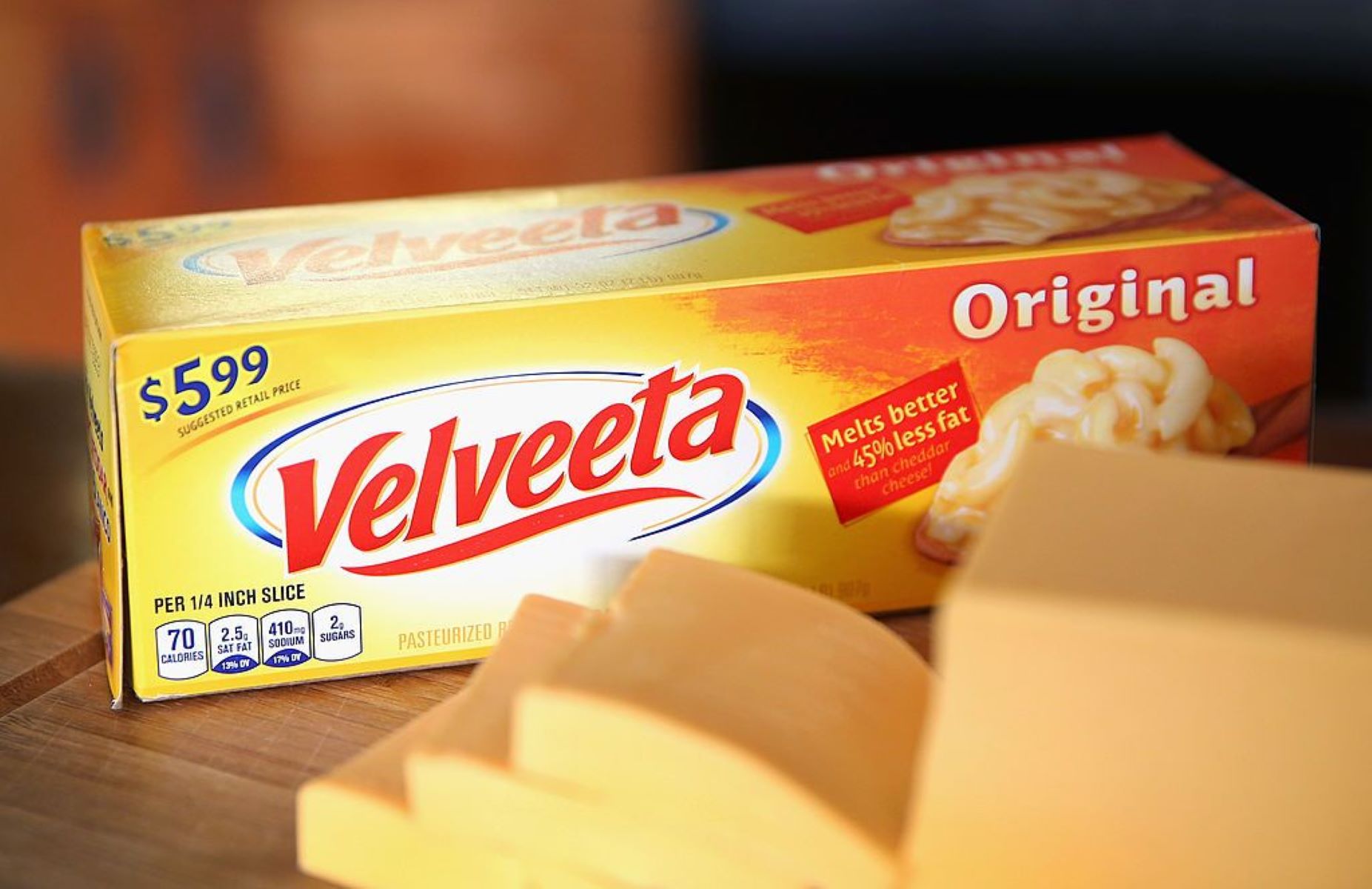
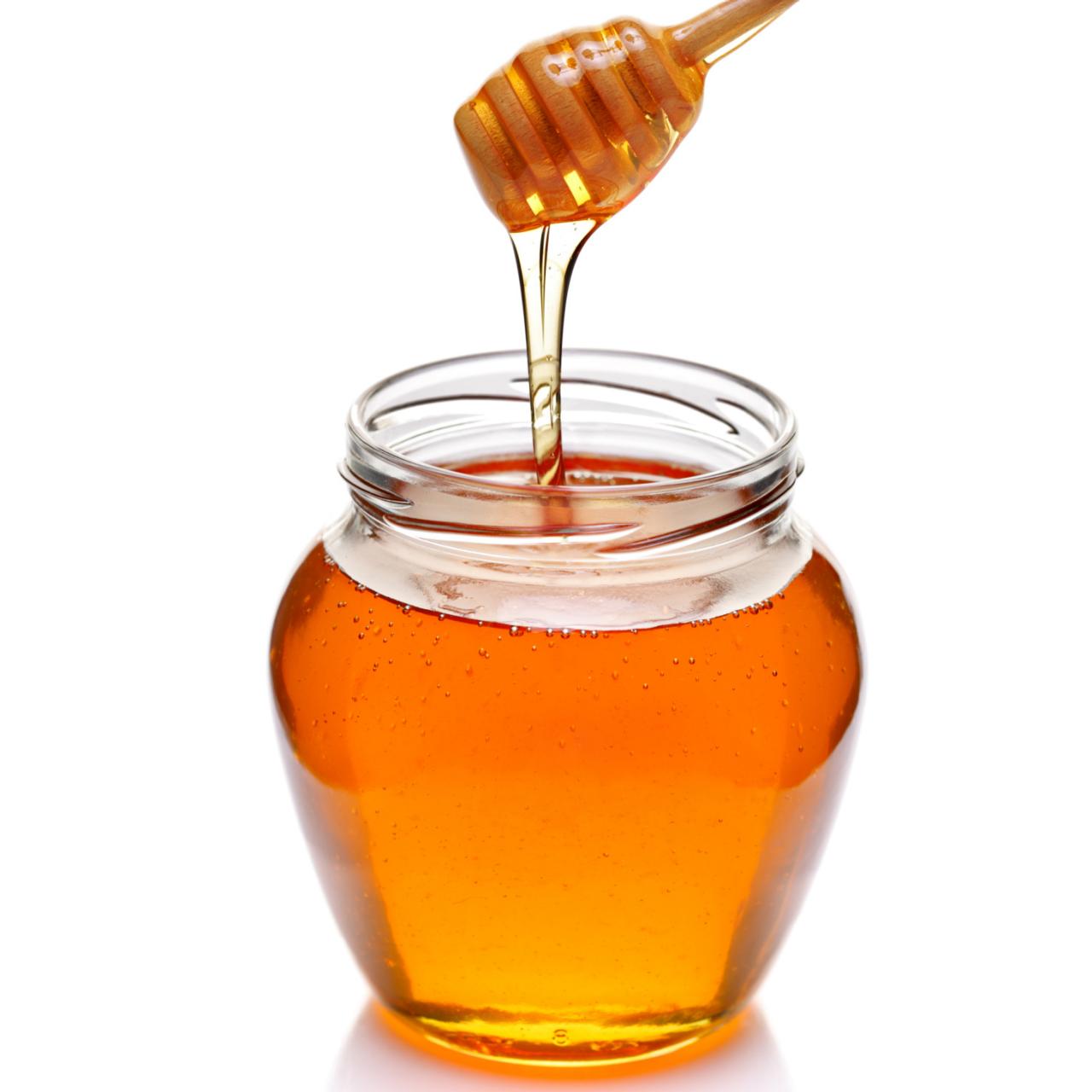
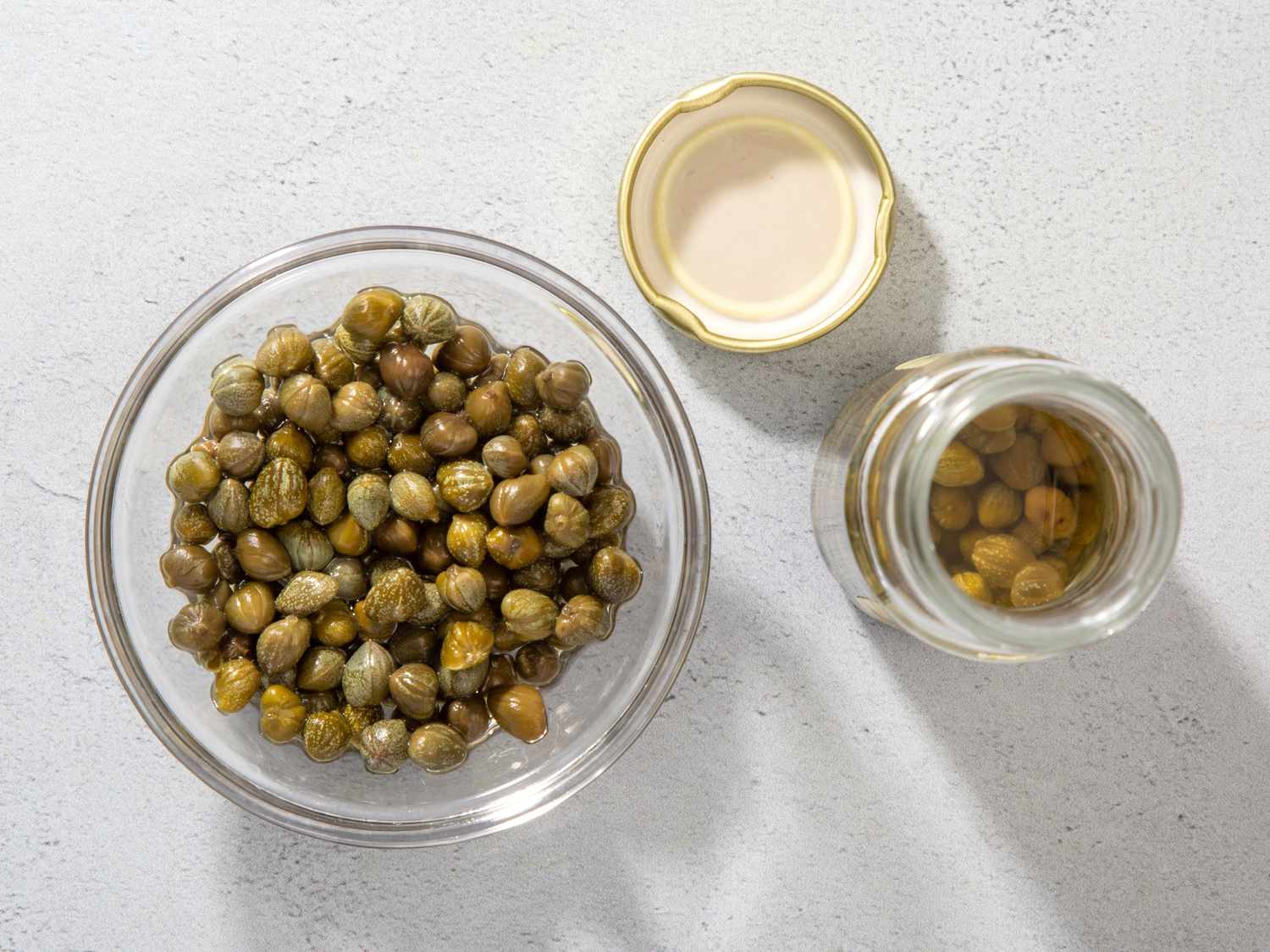

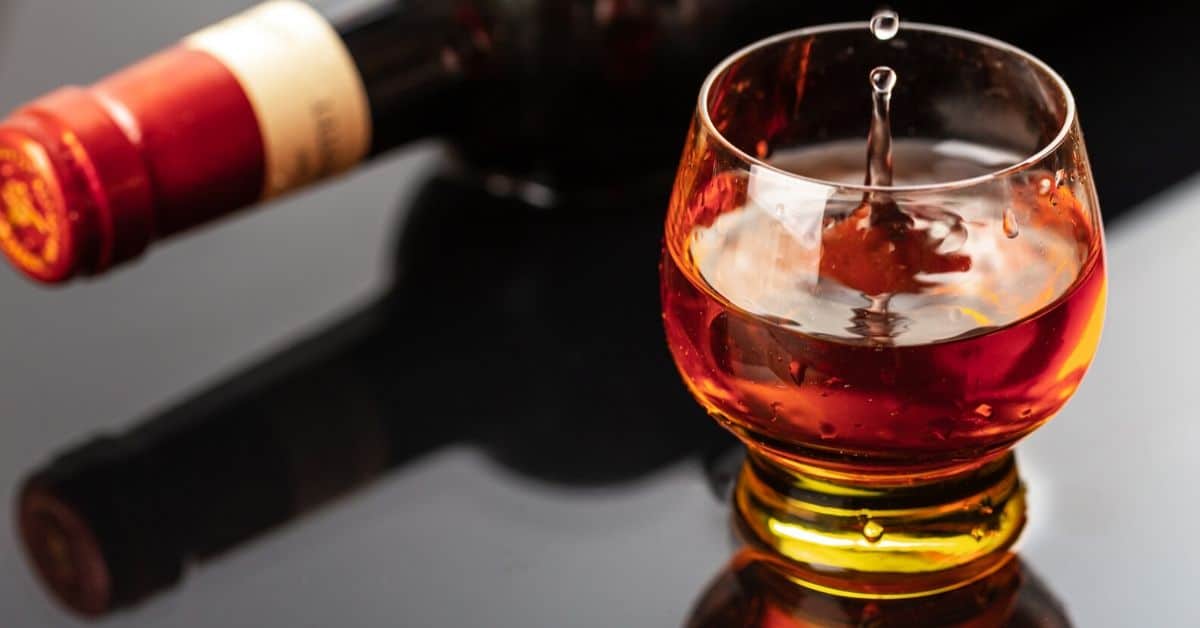
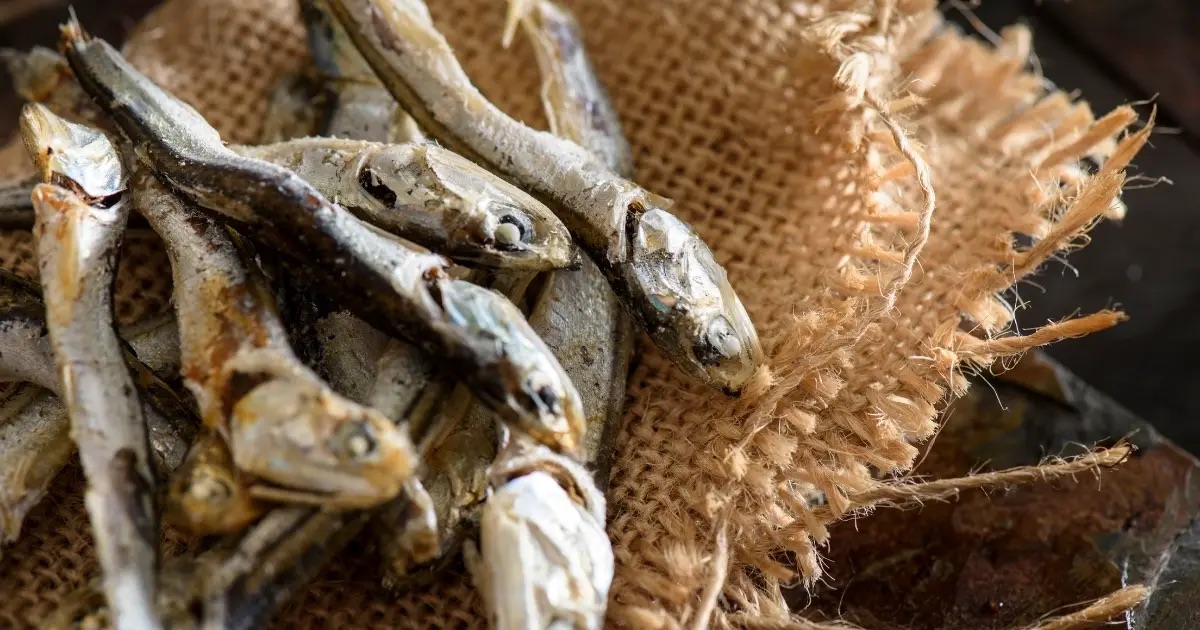

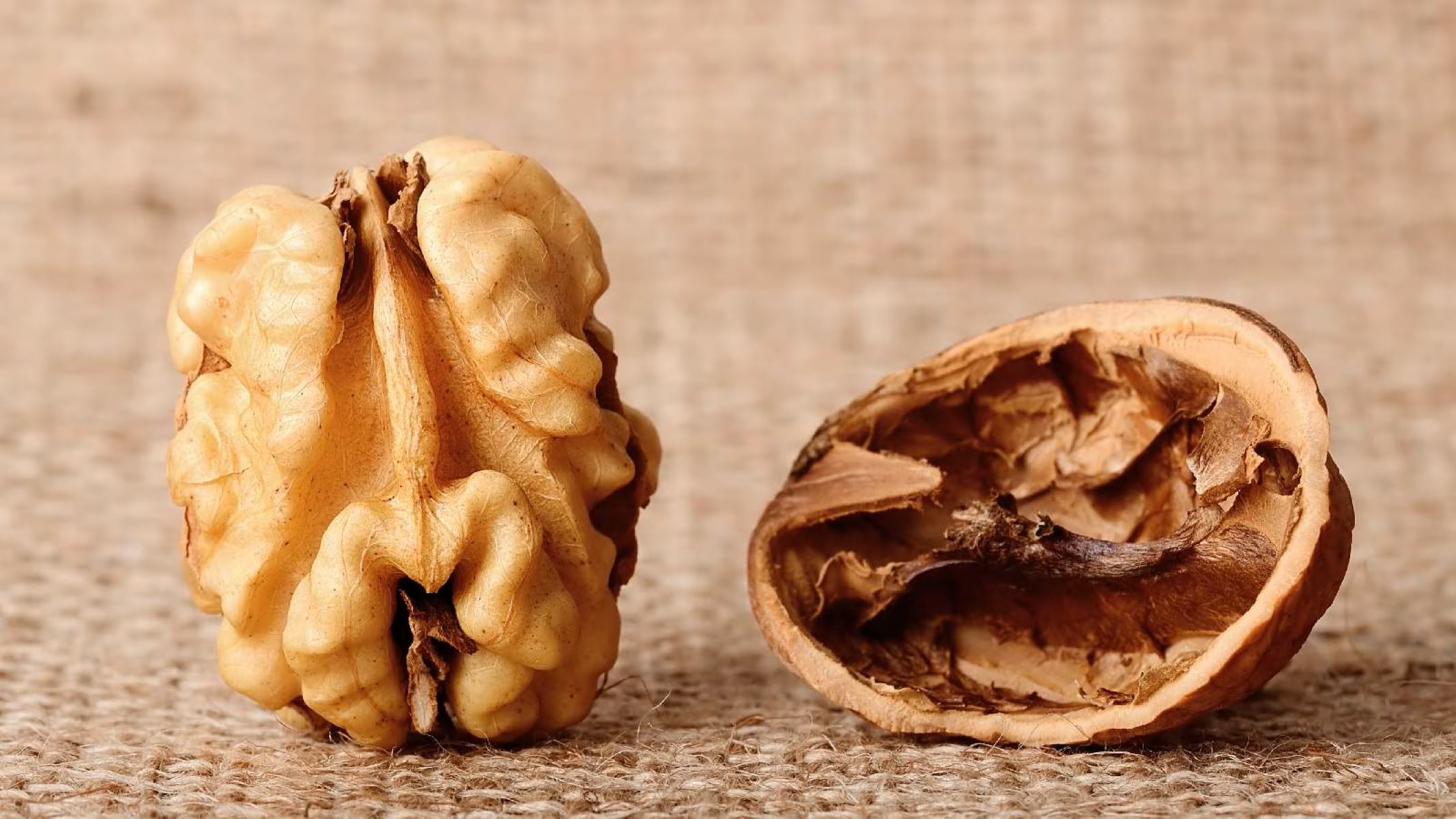
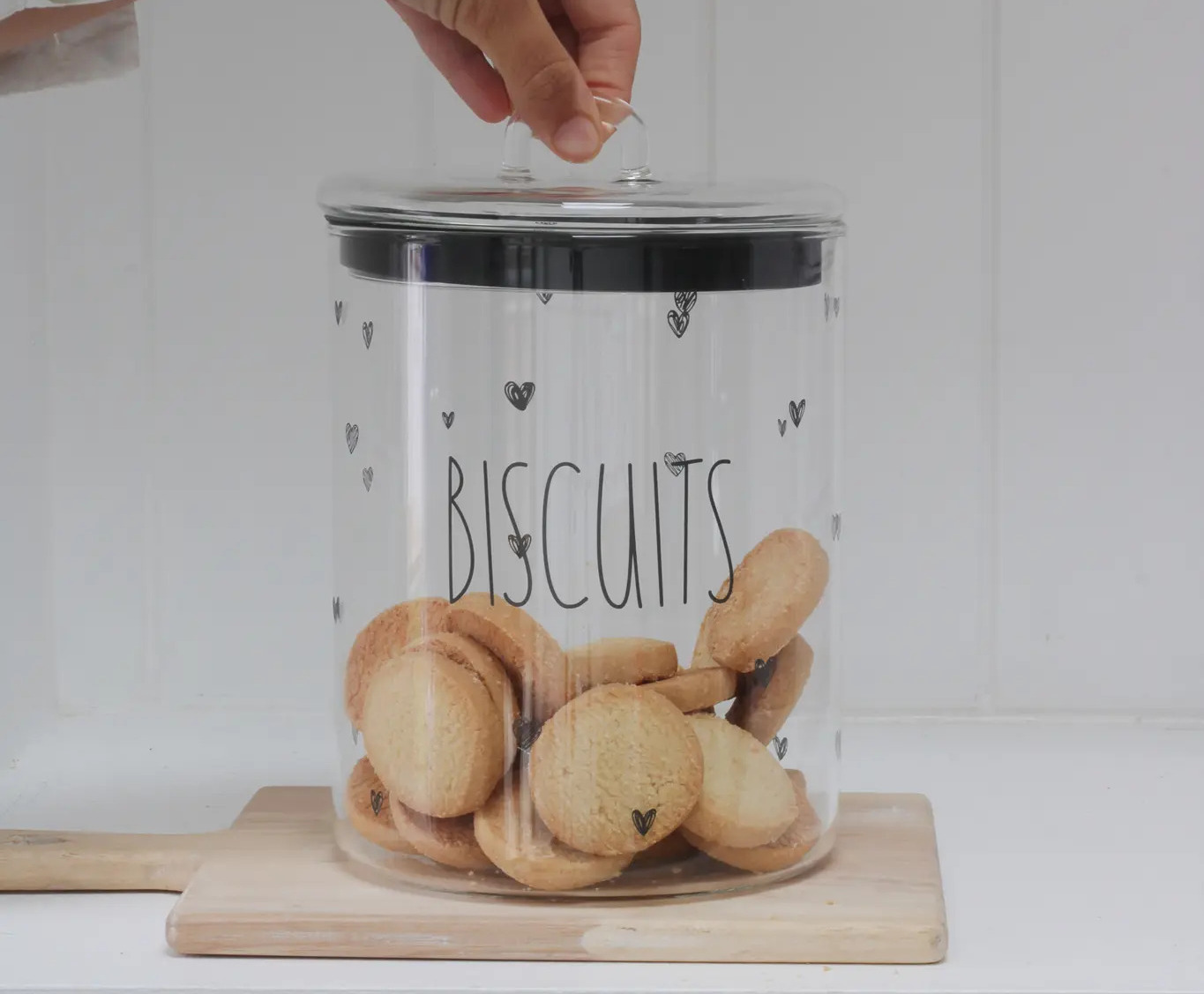
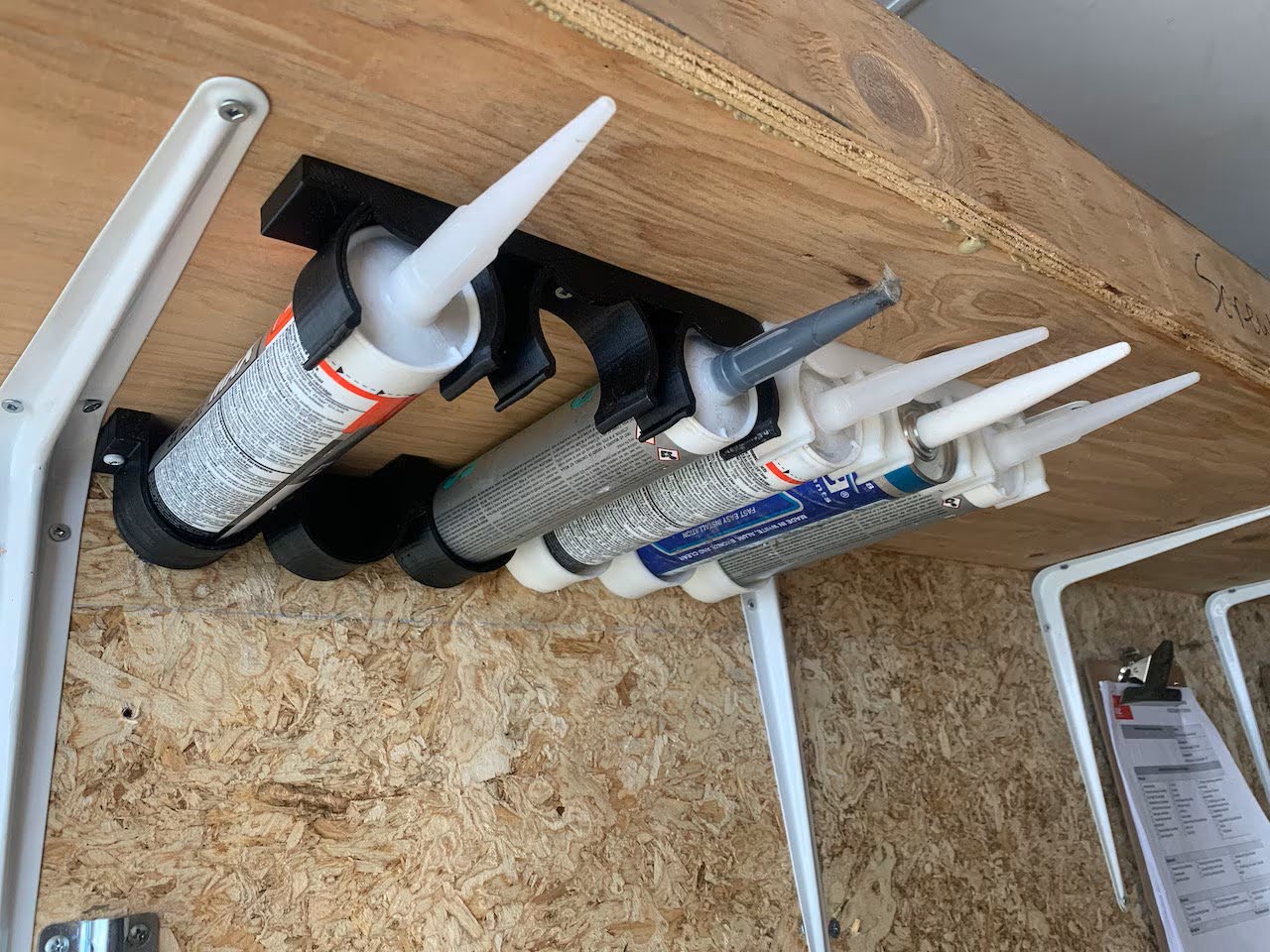



0 thoughts on “How To Store Anchovies After Opening”